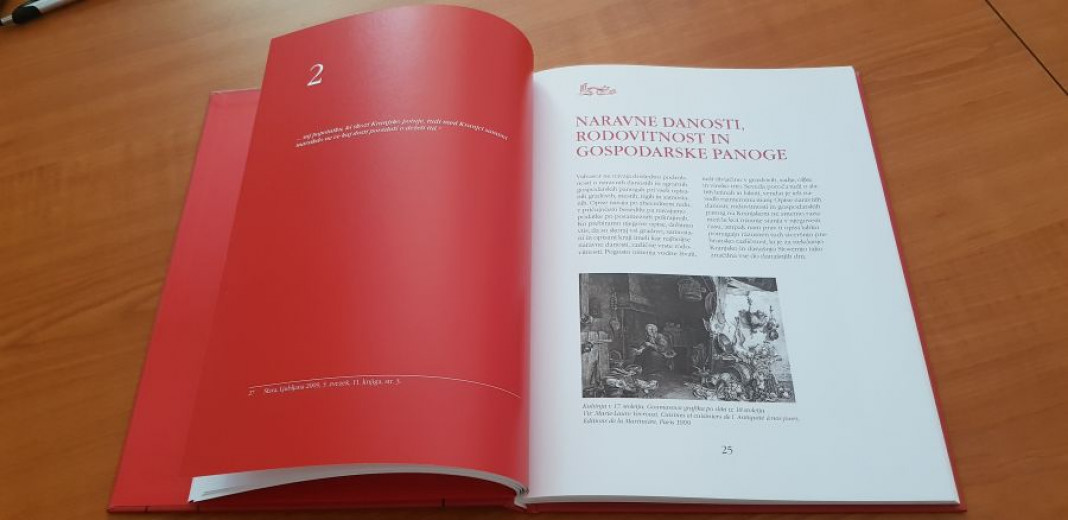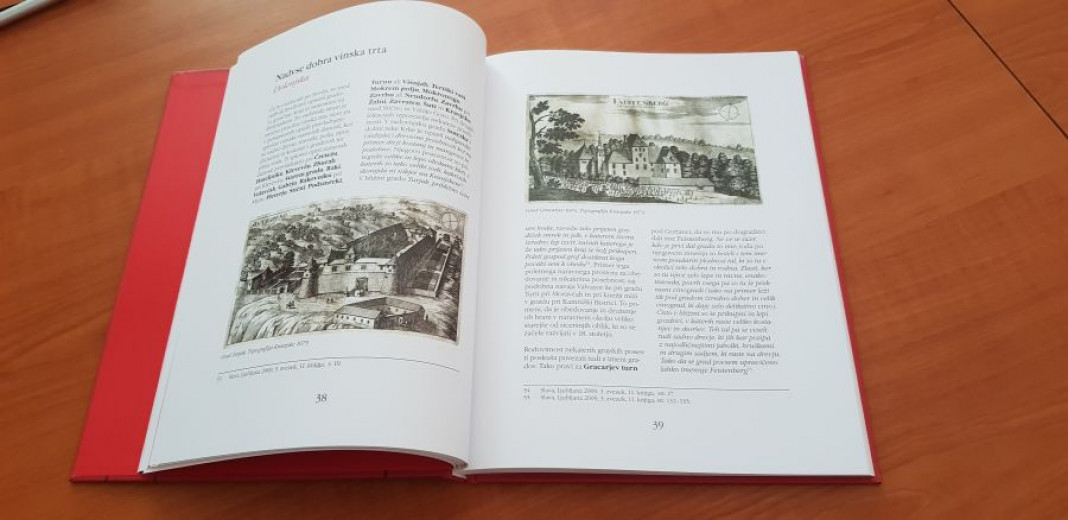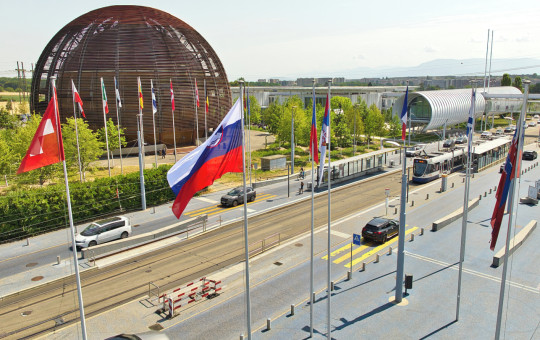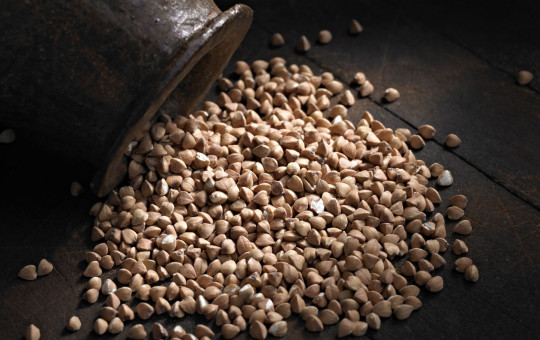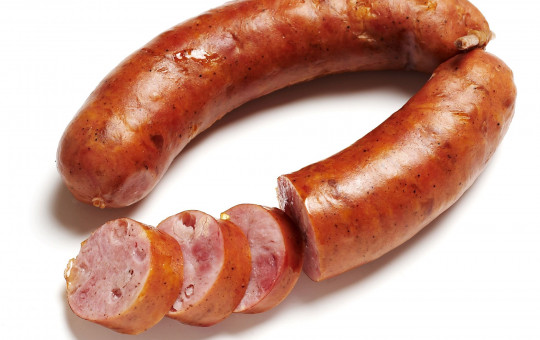Nutrition culture in Carniola in the second half of the 17th century
In 2019 we mark the 330th anniversary of the publication of the famous work The Glory of the Duchy of Carniola (Die Ehre dess Hertzogthums Crain) by the Carniolan polymath, Baron Johann Weichard Valvasor (1641–1693). The book came out in four substantial volumes in 1689 in Ljubljana. In his work, the author described his beloved homeland, its people, customs and habits, special nutrition features, clothing appearance, he described and made drawings of castles, cities, market towns and monasteries and a few maps, and provided descriptions of natural peculiarities. For decades his work was a model example in Europe, and Valvasor was also accepted as a member into the Royal Society in London.
Hence, Valvasor’s work is one of the basic items of heritage for today’s Europe of regional and local cultures; it is a challenge to all positive contemporary understanding and efforts in this field.
Valvasor studied and described his homeland Kranjska (Carniola) down to the last detail. From the 15th century onwards, Carniola was the central historical land on the territory settled by the Slovenian-speaking population. Of all the other lands it was the only one that was completely Slovenian. Hence, a Carniolan (Kranjec) sometime functioned as a synonym for a Slovenian. The name Carniola is of a double origin. It first relied, until about the year 800, on the name of the ancient people of Carnians (patria Carnium) and then on the topographical name Carnium which was the name for today’s town of Kranj, where the seat of the margrave was already in the 11th and 12th centuries. On the other hand, it relied on the Slovenian term krajina which meant the land (first written as early as 973 as a vernacular name Creina for Carniola), as part of the Duchy of Carinthia.
After the 13th century the Slovenian form Kranjska prevailed (Krain and Krainburg in German). In 1364, Carniola became a duchy, from 1846 to 1918, as part of the Habsburg monarchy, it was a crown land. Carniola began to expand under the Habsburgs.
As a separate land (province) in the framework of Austria-Hungary it ceased to exist in 1918, on the foundation of the State of Serbs, Croats and Slovenes. Part of its territory unfairly fell to Italy according to the Treaty of Rapallo. The present-day Republic of Slovenia with more than three quarters of its territory covers the area of the former Carniola, two minor parts are also in the neighbouring states of Italy and Croatia.
From the comprehensive and rich text by Valvasor, the present book presents natural possibilities, victuals, food and drink, and ways of nutrition in Carniola in the second half of the 17th century. This is but one content that can be extracted from this extensive work. The glory, or honour, as mentioned in the title and presented by Valvasor through the culture of the majority peasant population and through descriptions of natural conditions and other circumstances of castles, places and monasteries and their estates, is an excellent example of how to describe local variants of culture of the population that lived in Carniola at that time.
Glory, or honour, was then at the front and was at the same time the aim of his field work, research and writing, and all of this complemented by sketches, drawings and prints.
In spite of several bad habits, particularly heavy drinking, also hindrances to food production and occasional famine, it seems that Carniola was to Valvasor much like the land of milk and honey, or Cockaigne, since it practically had everything necessary for diverse lifestyles: cereals in the fields, fish in the streams and the sea, fruit, vine and wine, forest fruits and all that we have managed to trace in the rich contents of The Glory. All of this was connected to different forms of creativity in everyday and particularly feast menus as well as individual local and regional dishes, several of which continue to co-create the visibility of Slovenian nutrition even today and co-create its identity.
The book received the prestigious international award BEST IN THE WORLD - GOURMAND COOKBOOK AWARDS in 2020.
Date: 9. July 2020
Time to read: 3 min

